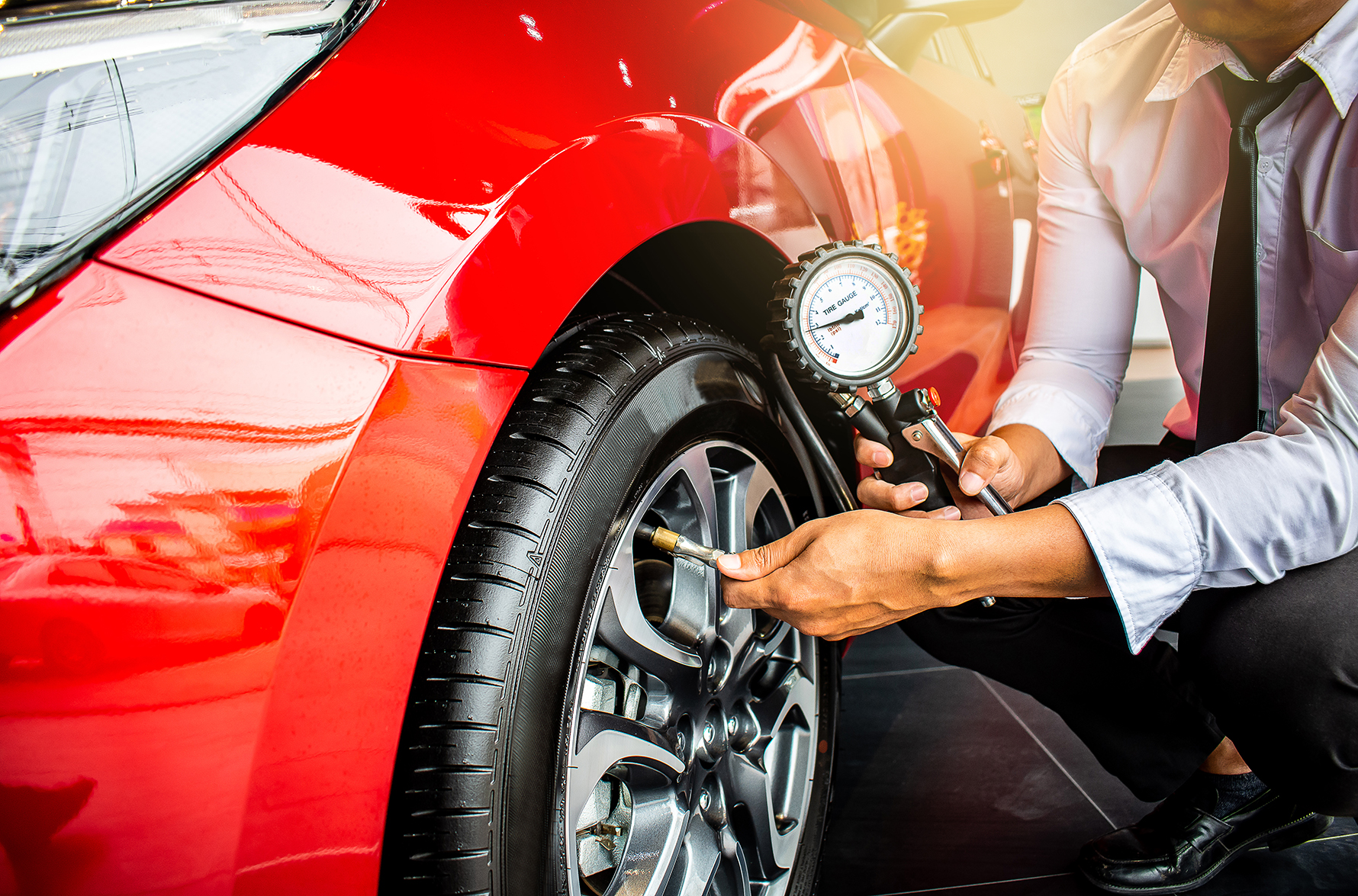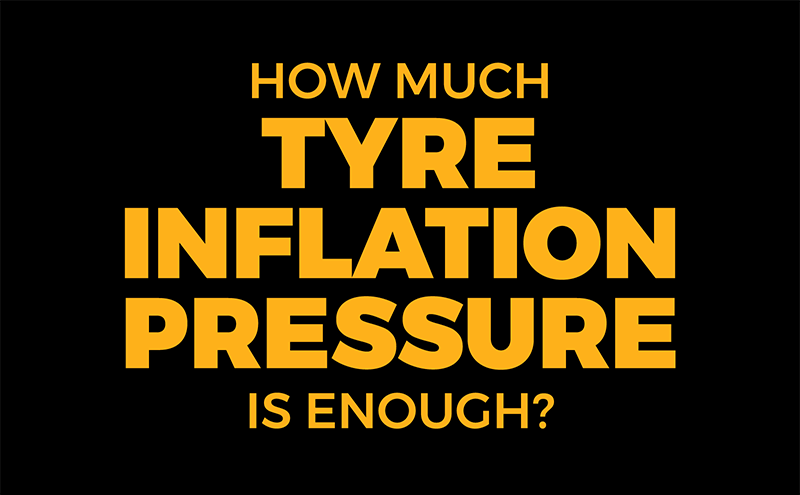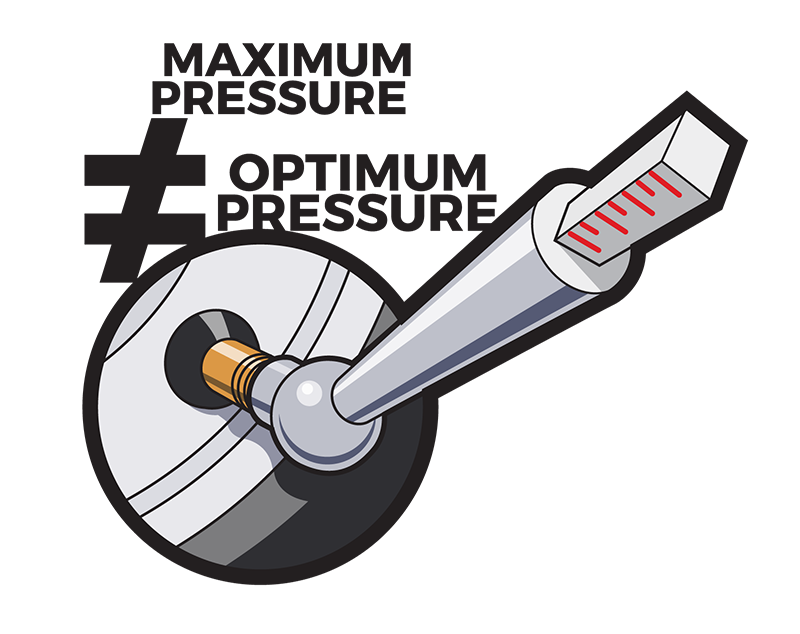How Much Tire Inflation Pressure Is Enough?
Bridgestone Tire Clinic | Tire Talk
How Much Tire Inflation Pressure Is Enough?
We hear from a lot of drivers who ask if they should be inflating their tyres according to the maximum PSI listed on their tyre’s sidewall. However, when it comes to the right tire pressure, the maximum is not the optimum.


For smooth, safe rides and long-lasting tires, it’s important to find the right tire pressure for your vehicle.

Having the correct tyre pressure is extremely important for getting good fuel economy and the most life out of your tires.
Your car has a recommended tire pressure that will give the optimum fuel economy, handling and tyre life for the specific model – commonly printed on a label on the driver’s side door jamb, or in your vehicle owner’s manual. That's the number you should follow when filling them up with air to the recommended pressure, measured in pounds per square inch (PSI), or in kilopascals (kPa).

(zoom-in or open image in new tab to find out more)
Somewhere on your tire’s sidewall, just below the large Bridgestone logo, for example, you might have noticed in small text - ‘MAX LOAD 615 kg AT 350 kPa MAX PRESS’, or a similar message to the same effect.
That number is not the pressure that you should pump your tires up to, but rather, it’s the maximum cold pressure needed for your tire to carry its maximum load. In this case, 350 kPa of pressure is required to carry a maximum of 615 kg.

(zoom-in or open image in new tab to find out more)
While overinflating your tires will affect its performance, underinflating it, on the other hand, also brings about another set of problems. You might have heard ‘advice’ from some drivers that underinflating your tires will provide better grip, but in reality, all it does is wear the shoulder of your tires down a lot more rapidly.

(zoom-in or open image in new tab to find out more)
To ensure that your tires are running at their optimum pressure, it’s a good idea to check them at least once a month, or at every fuel fill-up.
As a good rule of thumb, inspect the tyre for cuts or bulges at the same time while performing the pressure check. Always remember to check the pressure after the car has been parked for a few hours, to allow the tires to cool down – that way, you’ll get an accurate reading of the pressure at it’s ‘cold’ level.
Download the infographic from this link.
Want to find out more on how to care for your tires? Click here for more useful and interesting tips and articles!